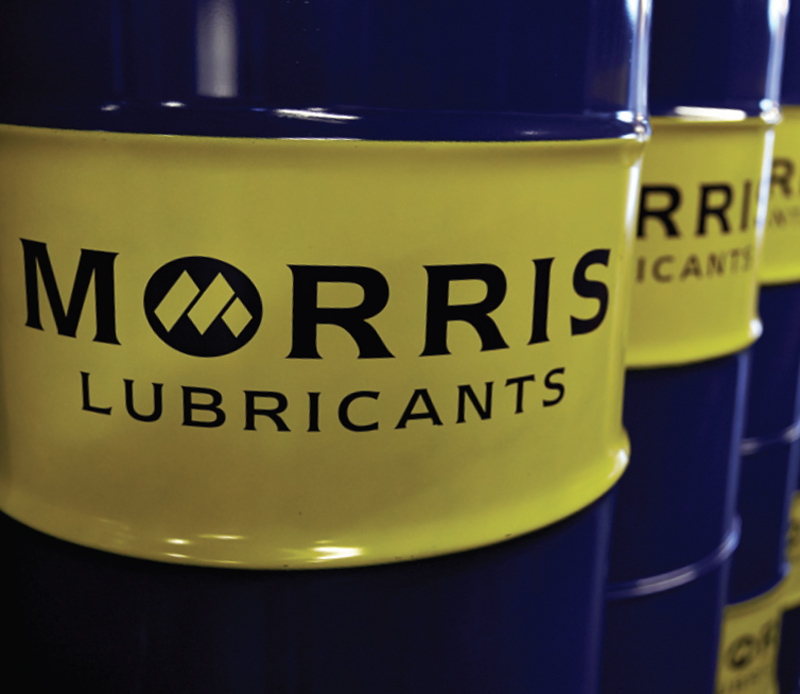
Morris Lubricants discusses hybrid vehicle technology and the challenge for engine oils.
Having produced quality oils and lubricants for over 150 years, Morris Lubricants knows how important it is to be at the forefront of innovation. With an extensive laboratory and skilled technical team with many years of experience, the firm researches and produces new formulations of products that keep up-to-date with the latest industry developments and demands of the major OEMs.
The move towards alternative power technologies in the passenger car market is leading to a review of the hardware requirements. There will be new opportunities ahead to compensate for reduced conventional engine lubricant usage.
From a full hybrid electric perspective, new lubricant technology will be required as the operating regime is very different from a petrol or diesel only vehicle.
The first thing to consider is the intermittent nature of its operation. Start/stop operation increases bearing stress that can lead to accelerated wear. Conventional internal combustion engines (ICE), other than when start/stop is used (at junctions, for example), continue to rotate, generating an oil film that keeps bearing shells/journals separated for long periods. Under these conditions, minimal bearing shell/journal contact occurs, as this only happens when the engine is at rest. The frequency of this contact is higher in hybrids (due to their intermittent use) and therefore more robust wear protection has been developed and incorporated.
Hybrid engines may not operate for an extended period of time and therefore never reach their optimum running temperature; they can be at least 20°C below their petrol or diesel only counterparts. For this reason, certain contaminants build up that would normally be driven off during continuous use.
Unburnt fuel and water can persist and lead to the formation of harmful low temperature sludges. Too much water will lead to phase separation with a distinct layer of water forming. This can damage the oil pumping system and contribute to bearing wear issues.
New hybrid lubricant technologies are being formulated to disperse the water and fuel, forming an emulsion to safeguard against these issues. Of course, these features are not the only performance parameters these lubricants have to comply with. Each OEM will also require the usual performance parameters to be covered, such as: aftertreatment device compatibility, engine cleanliness, general wear protection, protection from rust and corrosion and good dispersion (to help the filter do its job).

Range of hybrids
Full Hybrid vehicles (HEVs) are just one configuration. Mild hybrids (MHEVs) use the battery for less demanding work (parking, slow speeds, starting, electrical systems etc.) and rely heavily on the internal combustion engine, usually petrol, to propel the vehicle and charge the battery. Plug-in Hybrid Electric Vehicles (PHEVs) operate in a similar way to full hybrids except that plugging the battery in for recharging purposes is an option. Extended Range Electric Vehicles (EREVs) use an ICE, but it has no direct link to the road wheels. In this type of vehicle, the battery does the lion’s share of the work, with the ICE being employed purely as a generator set to extend the range of the battery. In each of these cases where an ICE is present, the demands on the oil are all very similar to a greater or lesser extent and all require the same performance attributes.
In addition to the new chemistry required to combat the harmful operational side effects, engine lubricants continue to move towards low viscosities: 0W-20, 0W-16, 0W-12 and even 0W-8. The reduced internal drag of these lubricants means that more of the energy is released to charge the battery packs, whilst improving fuel efficiency and reducing carbon dioxide emissions.
The good news is that existing engine oil technology is already capable of addressing these issues. Morris Lubricants has a selection of highly qualified 0W-20 and 5W-30 engine oils that are already in the market place and suitable for hybrid technology vehicles – providing rapid circulation from cold start, reducing wear and optimising fuel efficiency when the engine is operational. OEMs have already increased their demands in terms of sludge control, corrosion resistance and wear protection, as a move towards ensuring the oil stays within acceptable parameters during its working life. As lubricants play an important part in the overall emission output of an ICE, they need to consistently perform through the service interval.
The demands on ICEs used in hybrid vehicle technologies are very different to that of ICE-only vehicles. The impact of these new workload regimes is the driving factor behind the evolution of new engine lubricant technology, which still has a critical part to play in a future where vehicle emissions are public enemy No.1.









